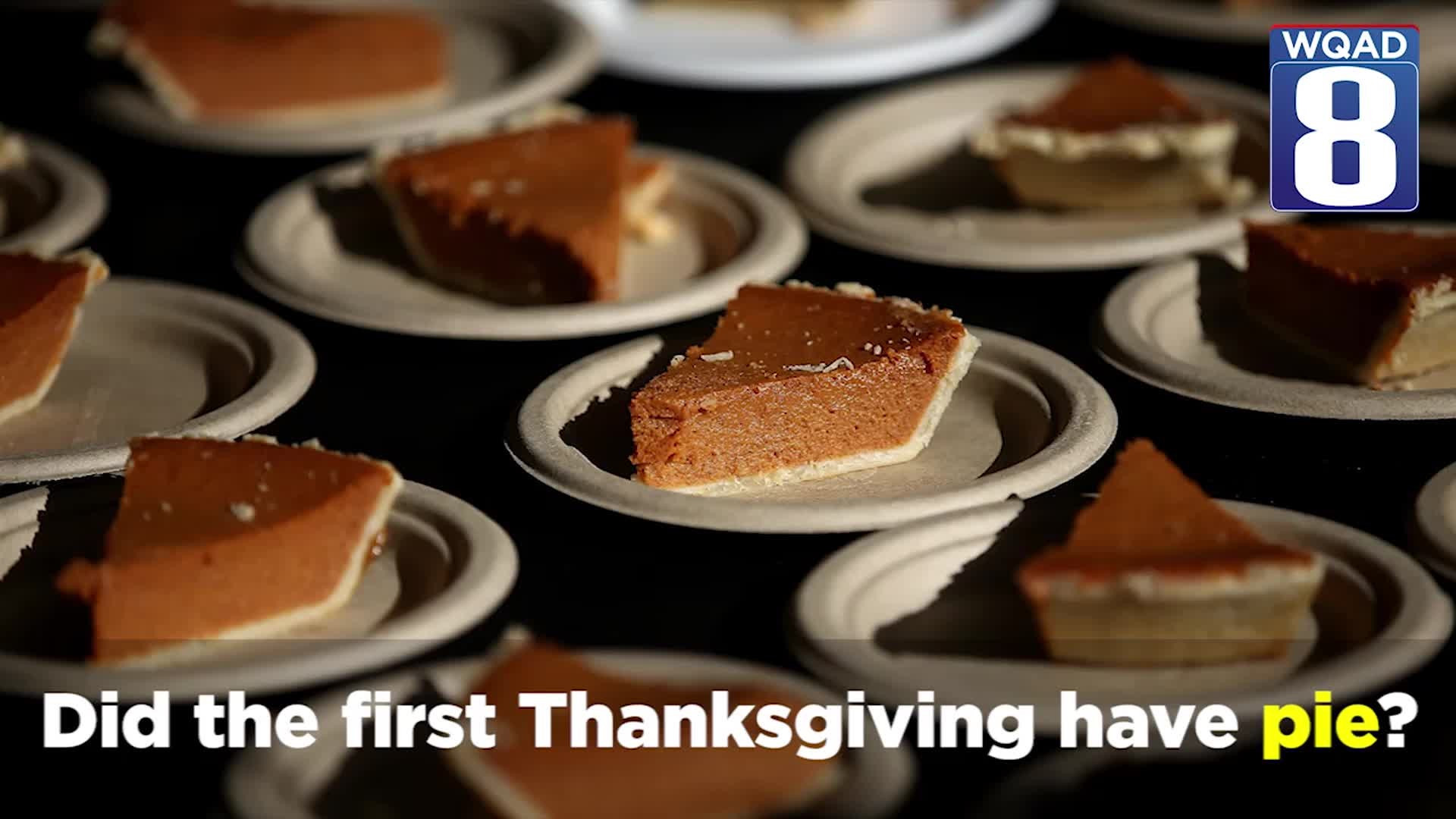We eat some strange things for Thanksgiving.
Think about it. This popular meal is filled with a vast array of foods, most of which we don't eat any other time of the year.
Do all of them truly hail from the original Thanksgiving feast? Here's what we found.

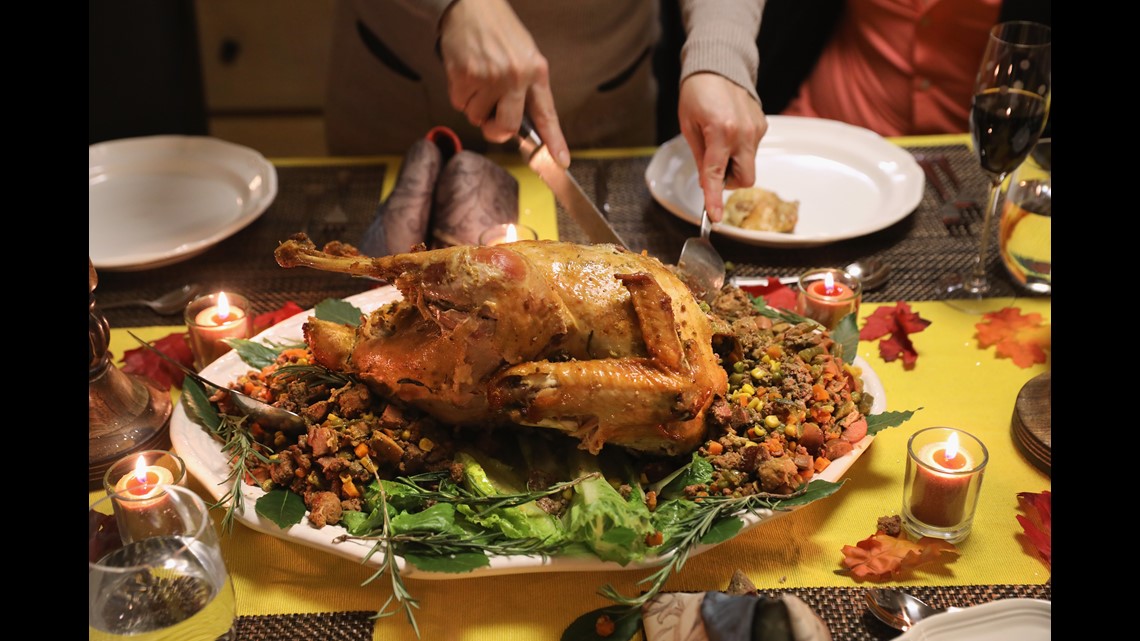
This one is easy. William Bradford, governor of Plymouth, wrote, "And besides waterfowl there was great store of wild turkeys, of which they took many."
So, the Pilgrims probably ate wild turkey.
Stuffing
No one truly knows if this famous bread-based dish was present in any form at the first feast. If it was, it probably looked very different since Pilgrims were making bread with with corn instead of wheat. However, "stuffing" was prevalent in England during this time period.
“There is a wonderful stuffing for goose in the 17th-century that is just shelled chestnuts,” says colonial foodways culinarian Kathleen Wall.
"Stuffing" actually dates back as far as the 1st Century A.D. to a Roman compilation of recipes called "Apicious De Re Coquinaria." Though not called "stuffing," the recipes detail filling a carcass with nuts, cereals and chopped organs.
The word "stuffing" is noted by the Oxford English Dictionary as first used in 1548, according to the website Martha + Tom. Of course, you might prefer to call it "dressing" or "filling," but we won't get into that debate.
Cranberry sauce

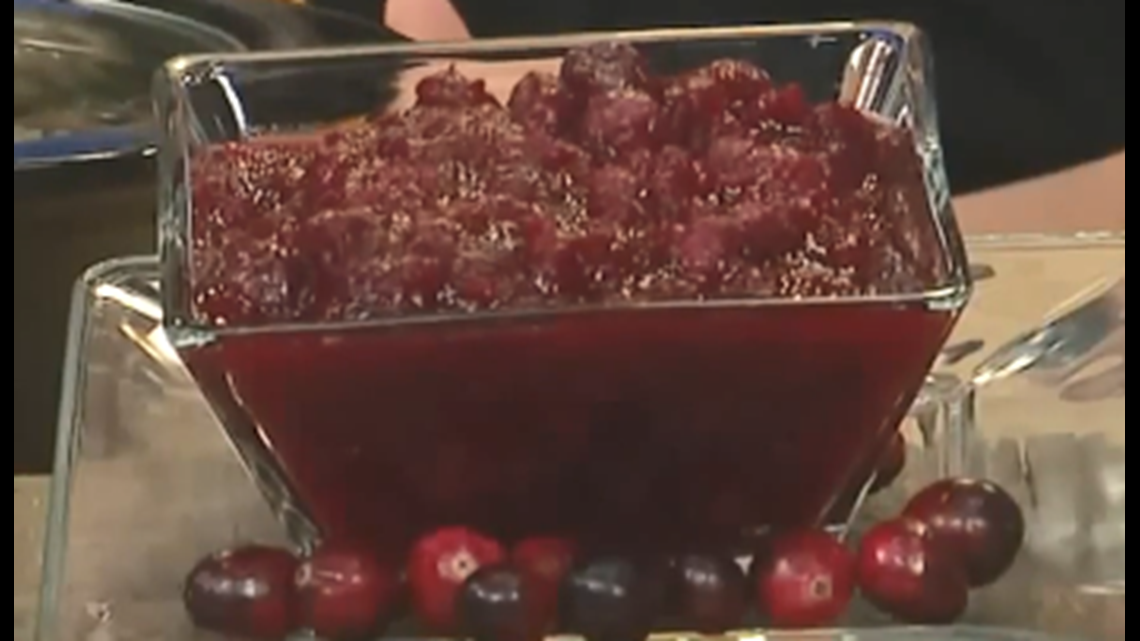
Cranberries are one of the few "truly American" fruits that we eat, originating in North America. The Pilgrims would have had an abundance of cranberries, and they even used them in a variety of dishes. Cranberries are also harvested from late summer to late fall, making this a perfect autumn fruit, ripe for pilgrims to harvest.
It's unlikely, however, that they used them in sauce. It was probably more commonly seen in pemmican, a type of flavored meat dish.
Notably, the famous cranberry sauce log hit the market in 1941, credited to Marcus L. Urann. This culinary Thanksgiving revolution came on the tail end of his long, successful career in the cranberry industry, which included inventing cranberry juice cocktail.
Potatoes
The least assuming food staples of Thanksgiving is surprisingly one of the least connected to the original feast.
The Pilgrims actually didn't have potatoes when they first settled in the 17th Century. No matter the type of tuber (sweet potatoes and yams too), there's no way Pilgrims ate them at Plymouth. Potatoes were brought to Europe by the Spanish in the 16th Century, but they weren't popular enough yet to be transported back to North America. Yams come from Asia and Africa, so they are even less likely.
The potato tradition happened when Thanksgiving was declared a national holiday. Sarah Josepha Hale, editor of the popular women’s magazine Godey’s Lady’s Book, campaigned for decades to have Thanksgiving celebrated nation-wide as a way to fortify family togetherness.
When Thanksgiving was made a national holiday, Hale's publications were the go-to for families wanting to celebrate the right way. That included Hale's recipes, which pushed mashed potatoes.

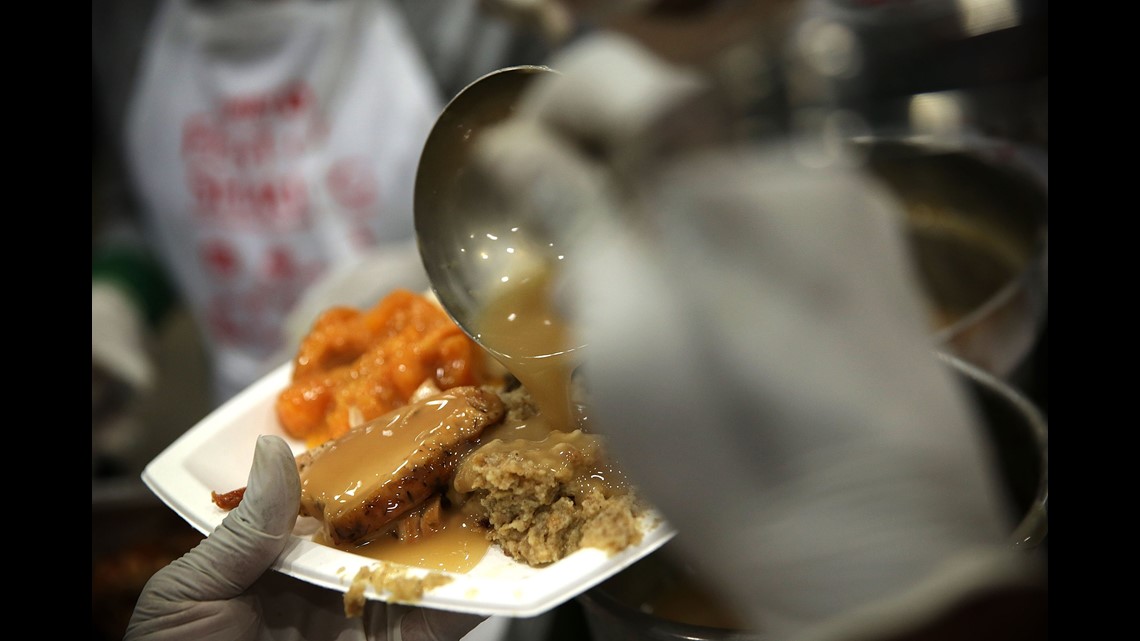
Gravy
Probably. Although it's unclear if any transcripts mention gravy, people have been making sauces with meats since ancient times. Also, the first mention of the word in its modern form appeared in Forme of Curry, an English cookbook, in 1390.
Corn Casserole
Corn was common in in the 17th Century and is native to North America, but there's no clear evidence that sweetcorn was available at Plymouth. They used maize and flint corn for grain and porridge.
Some modern corn casseroles are cream-based, and the English cream puddings have been a staple of the country's cuisine for centuries. It's possible that the these traditional foods came together years after the first feast as a way to remember Thanksgiving's two heritages. Unfortunately, the dish certainly did not exist back when pilgrims were buckling their shoes.
Green Bean Casserole
Similar to potatoes, these stringy little beans originated in South and Central America. They were only introduced to Europe in the 16th Century by Spanish explorers, so it's highly unlikely they found their way into the original Thanksgiving meal. Also, the feasters didn't have Campbell's cream of mushroom soup.
The casserole we know today comes from 1955 New Jersey. Home economist Dorcas Reilly worked at The Campbell's Soup Company producing recipe pamphlets. Cream of mushroom soup had already been around for over two decades, often used as a popular Midwest casserole ingredient, nicknamed, "Lutheran Binder." Reilly added green beans and fried onions, and voila!
The kicker? She doesn't even remember how she came up with the recipe.
Pie

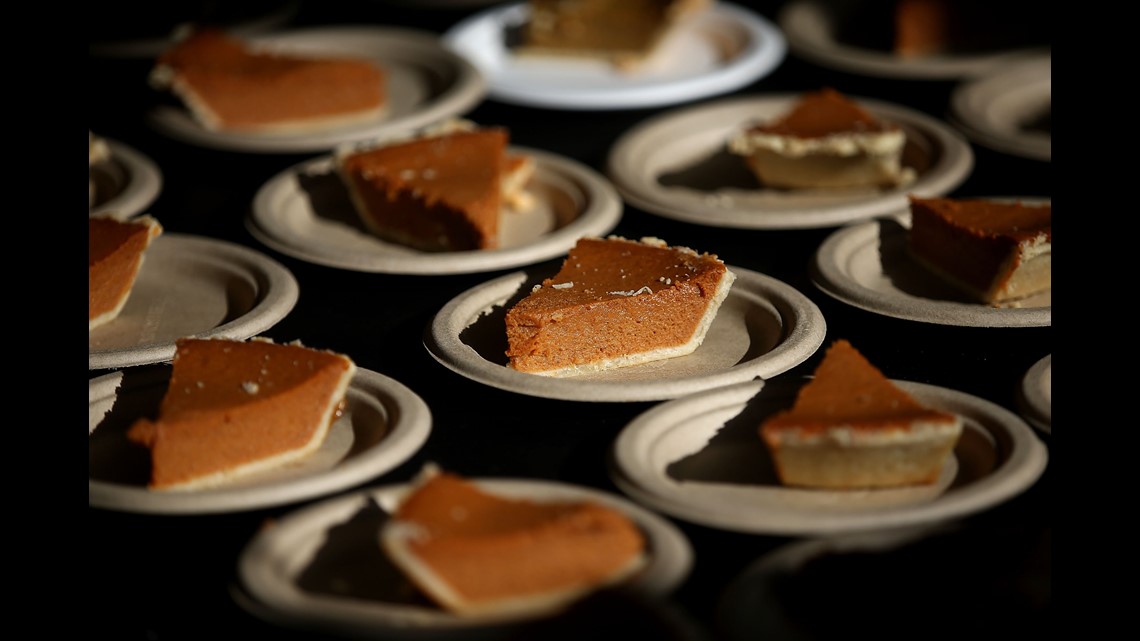
Nope. As mentioned in "stuffing," the Pilgrims did not have access to wheat grain. There was also no butter and likely no sugar available for the crust. Pies actually became popular for the holidays starting with Christmas when people would indulge in a porridge-filled pastry. They became Thanksgiving staples when an American cookbook published a pumpkin pie recipe in 1796.
Both pumpkins and pecans do have ties to North America. This may also help explain why these are popular choices for pies during the holidays.
Pumpkins: It's very likely the first feast included pumpkins. A variety of squash were plentiful around New England. Also, the produce ripens in the fall. The Pilgrims and Native Americans may have eaten the inside flesh or used hollowed pumpkins to cook other food in. Francois Pierre la Varenne, a famous French chef, made the first type of pumpkin pie recipe a few decades later in 1653.
Pecans: These nuts are native to North America. They may have even grown as far north as olden-day Plymouth, as several farms have existed in Illinois and Iowa. The first pie recipe came in 1898, but the pies became popular in America in the 1920s when Karo began printing recipes on their syrup products.

